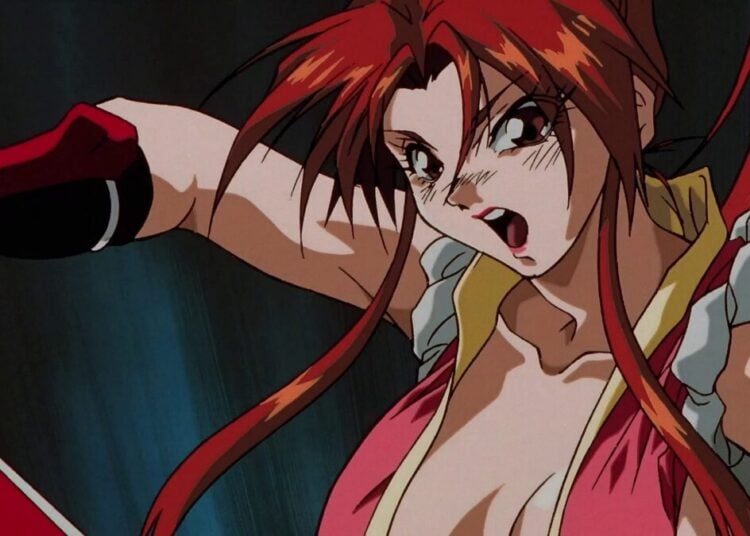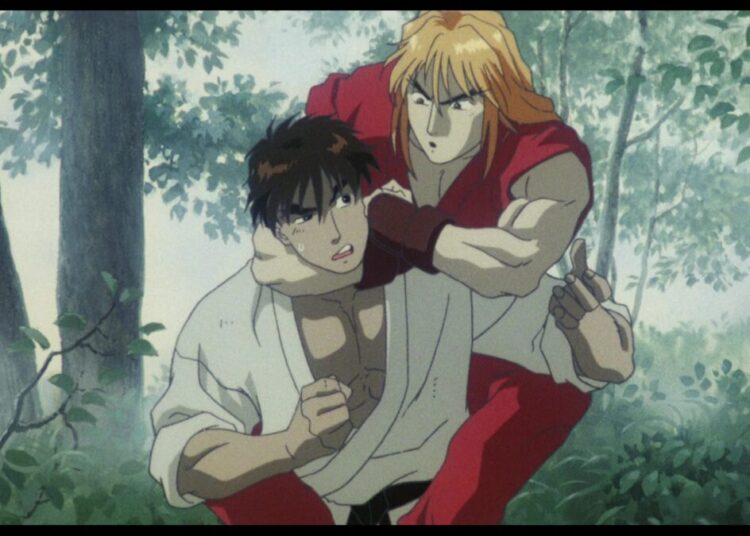When it comes to Hollywood adaptations of Japanese anime, Dragon Ball Evolution (2009) has gone down in infamy as an especially horrible nadir, conveniently showcasing all that could go wrong in translation. Though this was more the norm during the 2000s rather than the exception, sometimes, you can find some unlikely gems. Just a year earlier, Western audiences were treated to Speed Racer (2008): a car crash that no one really expected, yet one you can’t look away from.
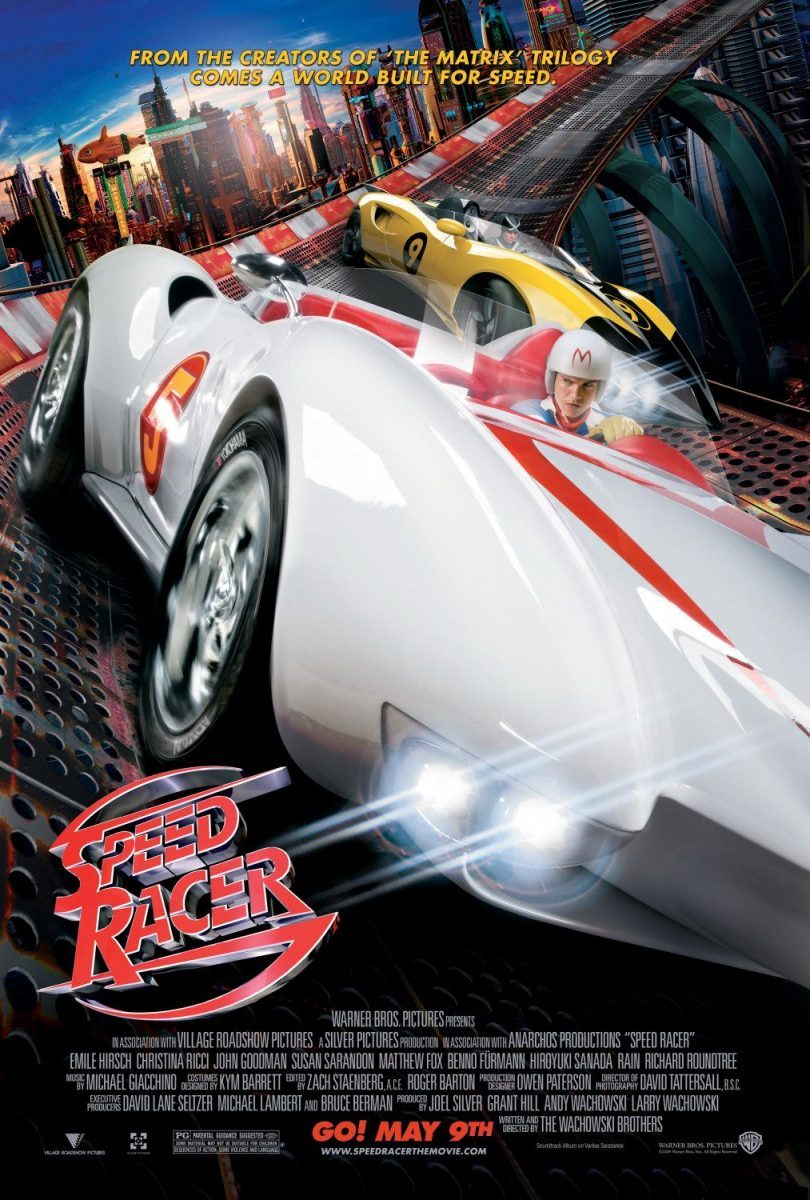
On top of being produced by Joel Silver, this was directed and written by none other than the Wachowskis of Matrix fame, back when they were still known as the Wachowski Brothers. Even more remarkable is how their involvement by 2006 marked the tail end of a long-delayed effort since September 1992 – which at various points, had the likes of Alfonso Cuarón and J.J. Abrams on board – to bring Tatsuo Yoshida’s Mach Go Go Go! to the silver screen. Despite a $120 Million budget and an assortment of Hollywood star power, however, the movie came to be a box office bomb, with similarly appalling critical reviews, to boot. So much so, that it contributed to the franchise sliding into obscurity in America.
The film’s original trailer, similarly manages to capture the style of the source material, while also giving a taste of the sensory overload. Circa 2008. (Source: YouTube)
Yet over time, Speed Racer’s garnered something of a cult following, with fans ironically savoring many of the same aspects that made it such a failure upon release. You might be wondering, then, what exactly makes this both beloved and reviled, simultaneously?
Sensory Overload
Taking heavy inspiration from the 1967-68 anime, Speed Racer follows the rise of the titular 18-year-old driver (Emile Hirsch) as he tries to follow in the footsteps of his seemingly deceased brother (Scott Porter). His eyes set on winning the dangerous cross-country rally known as “The Crucible” with the specially customized Mach 5, he has the support of his parents and his girlfriend Trixie (Christina Ricci). All is not what it seems, however. After rejecting an offer by corrupt businessman H.P. Royalton (Roger Allam), he finds himself caught in a conspiracy to fix races to boost profit. Now with his family business and racing itself on the line, he’ll stop at nothing to reach the finish line.
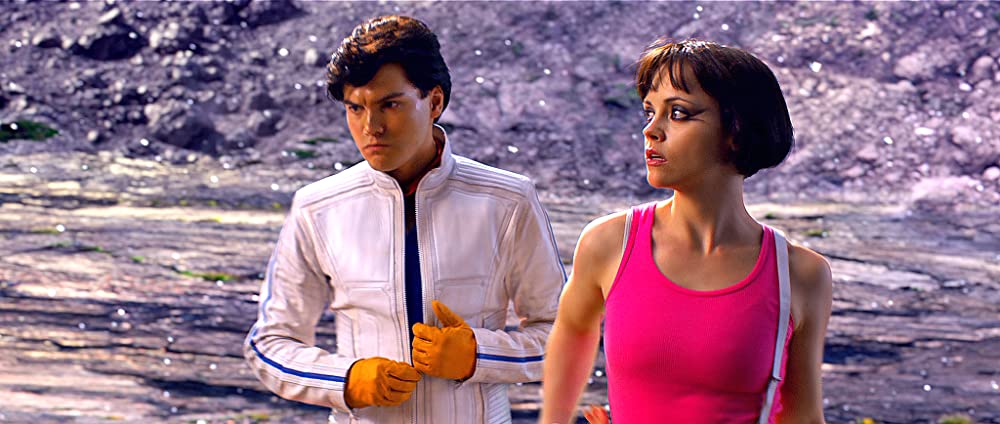
While, in classic Wachowski tradition, the movie slips in motifs of family and fighting corporate greed – especially with the villains screaming capitalist excess – the story isn’t its selling point. Many plot points, from Speed’s rivalry with the mysterious Racer X (Matthew Fox), to the Crucible itself, can feel contrived, serving more as glorified excuses to show off the various racing and action sequences. Moreover, if not for said scenes and a penchant for flashbacks, the tale being told is the kind of setup more fitting for a TV episode or two, rather than an over two-hour-long movie.
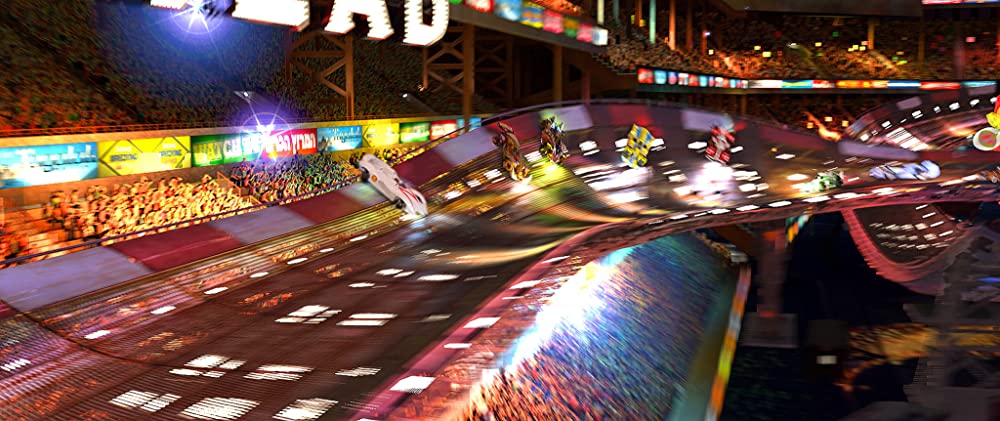
The directors more than make up for this shortcoming by throwing any pretensions to realism by the wayside, and committing fully to being over-the-top. Being the first production they ever shot upfront in HD, everything is presented with as much vibrant color, motion and stylistic flair as possible. This can be seen from the races themselves having loops, gadgets, and physics-defying stunts galore, to the overall aesthetics being a weird mix of ‘60s retro and futuristic designs. These are intended to capture the spirit of the original anime, and indeed, they succeed in making the sights akin to a live-action cartoon. In practice, however, it also gives the ensuing zaniness on wheels a kind of near-constant sensory overload, while also veering at points into the uncanny valley in terms of what’s actually going on.
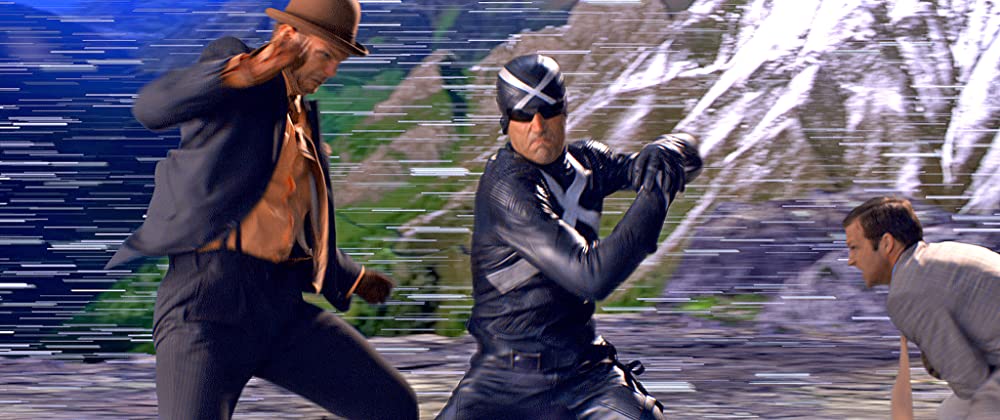
Combined with the overall campiness and overacting on display, with even the hero’s parents (John Goodman and Susan Sarandon) lapping it up on-screen, it’s certainly not what people were expecting from the same minds behind the Matrix trilogy. It unsurprising, then, that at a glance, Speed Racer can feel at once too fake, overcompensating for its seeming idiocy, and jacked up on its own fumes. These not only contributed to the sub-par box office performance – at $93.9 Million worldwide, it didn’t even cover production costs at all – and scathing reviews at the time, but also led to the movie being nominated for that year’s Razzies for “Worst Prequel, Remake, Rip-Off or Sequel.” For a franchise that, those seminal in being one of the first anime to truly catch popularity in North America, was well past its prime there by the 21st Century, you’d think that this would go down in infamy the same way as Dragon Ball Evolution.
Roger Allam’s comical performance as the Royalton condenses everything seen as wrong with the film, and for some, among the best parts of it. (Source: YouTube)
Yet in spite of all that, it’s not for nothing that it’s gained new fans, and a reappraisal over time.
Zaniness on Wheels
Even with the flagrant corniness and hijinks, there’s an earnestness to the film that can seem overlooked. Whether or not you notice the Wachowskis’ penchant for interlayered motifs, Speed Racer at large doesn’t really strive to be anything more, or deeper than it is: the original ‘60s anime brought to life. Viewing it from that vantage point can make its strengths much easier to see and hear.
In addition to having some sleek presentation and pacing, the movie notably featured a cameo by the late Peter Fernandez, the original English dub voice for the ’60s anime, in one of his final roles. (Source: YouTube)
The zaniness on wheels? Even after over a decade, the effects and CGI have aged remarkably well, especially when it comes to the famous Mach 5 and the other cars. With the cartoony motion, colorful vistas – some of which were shot in Germany, which still shines through even with the added whistles – and a layering approach to filming that put both foreground and background into focus, there’s also a sense of character that, though not to everyone’s liking, lend a lot of charm.
On top of a strong soundtrack by Michael Giacchino – which adds a retro-futuristic flair to the action – it helps as well the enthusiasm and energy are matched by the performances. Emile Hirsch in particular had not only watched every single episode of the anime but even met racing professionals like Jimmie Johnson to help get into character as Speed. Granted, this didn’t do any favors for his career, or that of Christina Ricci. Nonetheless, you could tell that he, and much of the cast at large, are giving their best while having a blast at it.
Over the years, the movie has seen a kind of vindication as a cult classic, with more people coming to appreciate it for what it was. (Source: YouTube)
These go far in explaining the appeal of Speed Racer, in spite of its failures. Some have even gone so far as to call it an unsung masterpiece, though your mileage will vary on whether it’s really warranted. Regardless, when it comes to Hollywood adaptations, there are much worse takes out there than this trippy ride.


